Datasheet
Year, pagecount:2021, 4 page(s)
Language:English
Downloads:3
Uploaded:May 31, 2021
Size:1 MB
Institution:
-
Comments:
Prince Edward Island
Attachment:-
Download in PDF:Please log in!
Comments
No comments yet. You can be the first!Most popular documents in this category
Content extract
COVID-19 Vaccine Information Sheet AstraZeneca/CoviShield Vaccine Please read this information sheet carefully and ensure all your questions have been answered by a health care provider before receiving the vaccine. What is COVID-19? COVID-19 is an infectious disease caused by a new coronavirus (SARS-CoV-2). COVID-19 was recognized for the first time in December 2019 and is mainly passed from an infected person to others when the infected person coughs, sneezes, sings, talks or breathes. It is important to note that infected people can spread the infection even if they have no symptoms. Symptoms of COVID-19 can include cough, shortness of breath, fever, chills, tiredness and loss of smell or taste. Some people infected with the virus have no symptoms at all, while others have symptoms that range from mild to severe. How does the AstraZeneca/Covishield vaccine protect against COVID-19? The vaccine causes our body to produce protection (such as antibodies) to help
keep us from becoming sick if we are exposed to the COVID-19 virus. The vaccine uses a fairly new method that involves taking another virus called an adenovirus, weakening it so it cannot grow, and inserting the genetic material of part of the COVID-19 virus to help our body make protection against the COVID-19 virus. Who should receive the AstraZeneca/Covishield vaccine? Individuals 55 years of age and older. There is little or no information about the use of the AstraZeneca/Covishield vaccine in the following groups. In discussion with your health care provider, you may choose to be vaccinated, particularly if you are at increased risk for COVID-19 infection or severe disease. o Immune suppressed people (due to disease or treatment) o Those with an auto-immune disorder o Pregnant or breastfeeding women Who should not receive a AstraZeneca/Covishield vaccine? 1 You should not receive the COVID-19 vaccine if you have: o had a serious or allergic reaction to your
first COVID-19 vaccine, you should not be vaccinated until it is determined to be safe by a health care provider. o a proven immediate or anaphylactic hypersensitivity to the vaccine or one of its ingredients. o been told that you are allergic to polysorbates1. o any symptoms that could be due to COVID-19 so that you do not spread infection to others. Polysorbates are found in other medications (e.g, vaccines, vitamins, oils, anticancer treatment and medication tablets), and some creams and ointments. o received another vaccine (not a COVID-19 vaccine) in the past 14 days, it is best to wait 2 weeks from that last vaccine to receive your COVID-19 vaccine. Please tell the health care provider if: • You have fainted or felt faint after receiving past vaccines or medical procedures. Your health care provider may recommend that you receive the vaccine lying down to prevent fainting. • You have a bleeding disorder or are taking medication that could affect blood clotting. This
information will help the health care provider prevent bleeding or bruising from the needle. How is the COVID-19 vaccine administered? The vaccine is given as a needle in the upper arm and will require two doses given 3 to 4 months apart. What are the risks of the vaccine? In the AstraZeneca study, half of the people who received the vaccine were monitored for at least two months. Serious adverse events included one person with a high fever and one person with neurologic problem (transverse myelitis) that was considered possibly related to the vaccine. People who have received the vaccines in studies continue to be monitored for any longer term side effects. The United Kingdom, European Union, and Scandinavian countries have reported that the AstraZeneca COVID-19 vaccine appears to be associated with rare cases of serious blood clots, including blood clots in the brain. These blood clots have two important features: they occur 4 to 20 days after vaccination, and they
are associated with low platelets (tiny blood cells that help form blood clots to stop bleeding). Vaccine-induced prothrombotic immune thrombocytopenia (VIPIT) seems to be rare, occurring in anywhere from 1 in every 125,000 to 1 in 1 million people. Potential signs and symptoms of VIPIT include: a severe headache that does not go away; a seizure; difficulty moving part of your body; new blurry vision that does not go away; difficulty speaking; shortness of breath; chest pain; severe abdominal pain; new severe swelling, pain, or colour change of an arm or a leg. Side effects can develop in the few days after receiving the vaccines. Although these side effects are not serious to your health, they may make you feel unwell for a few days; they will go away on their own. These types of side effects are expected and can indicate the vaccine is working to produce protection. In the study of the AstraZeneca vaccine, side effects included one or more of the following:
Pain, redness or swelling at the site of injections Headache Joint pain Fever Tiredness Muscle pain Chills Nausea It is important to note that you cannot get COVID-19 infection from the vaccine. You will be asked about any COVID-19 symptoms when you arrive at the clinic. People with symptoms of COVID-19 should not attend the clinic. You will be asked to wear a mask while at the clinic, as well as to clean your hands, and to stay at least 2 metres (6 feet) from others (except those you live with). The staff will also be wearing personal protective equipment and will be cleaning their hands before and after each client. After Care Information Sheet AstraZeneca/CoviShield COVID-19 Vaccine What should I do right after receiving the vaccine? Wait for at least 15 minutes after receiving your vaccine. Longer waiting times of 30 minutes may be recommended if there is concern about a possible vaccine allergy. Though uncommon, fainting or allergic
reactions can occur after vaccination. Symptoms of an allergic reaction include hives (bumps on the skin that are often very itchy), swelling of your face, tongue or throat, or difficulty breathing. The clinic staff are prepared to manage these events should they occur. Inform a health care provider at the clinic if you feel unwell while waiting. Be sure to leave your mask on if at all possible and remain at least 2 metres away from anyone not part of your household. Use the alcohol-based hand rub to clean your hands before leaving the clinic. Do not operate a vehicle or other form of transportation for at least 15 to 30 minutes after being vaccinated or if you are feeling unwell. Continue to follow the recommendations of local public health officials to prevent spread of COVID-19, which includes wearing a mask, staying at least 2 metres from others and limiting / avoiding contact with others outside your household. Keep your immunization record with
information about the COVID-19 vaccine in a safe place. What should I expect in the next few days? Side effects can develop in the few days after receiving the vaccine. Although these side effects are not serious to your health, they may make you feel unwell for a few days; they will go away on their own. o The most common side effect is pain where the needle was given; swelling or redness where the needle was given may also occur. A cool, damp cloth or wrapped ice pack where the vaccine was given may help o Other symptoms may include tiredness, headache, muscle pain, joint pain, chills, fever, and nausea. o If needed, pain or fever medication (such as acetaminophen or ibuprofen) can be used. Check with your health care provider if you need advice about medication. Patients should seek immediate medical attention if they develop unusual or severe symptoms after any COVID-19 vaccine. If you experience the following symptoms between 4 and 20 days after vaccination, it
might indicate that you have VIPIT: a severe headache that does not go away; a seizure; difficulty moving part of your body; new blurry vision that does not go away; difficulty speaking; shortness of breath; chest pain; severe abdominal pain; new severe swelling, pain, or colour change of an arm or a leg. These symptoms can also be a sign of other serious conditions and should be assessed in an emergency department. Serious side effects after receiving the vaccine are rare. However, should you develop any serious symptoms or symptoms that could be an allergic reaction, call 9-1-1 right away. Symptoms of an allergic reaction include: o Hives (bumps on the skin that are often very itchy) o Swelling of the face, tongue or throat o Difficulty breathing such as coughing or shortness of breath Any serious side effects after vaccination should be reported to your local public health department. If you have any concerns about the symptoms you develop after receiving
the vaccine, contact your health care provider for advice. If you still need to receive your second dose, tell the person providing the second dose about any side effects you experienced. When should I return for my second dose of vaccine? Return for your second dose at the time advised by your health care provider. This is very important to ensure the vaccine provides long term protection. You should receive the same COVID-19 vaccine for your first and second dose. Things to remember Continue to follow the recommendations of local public health officials to prevent spread of COVID-19, which may include wearing a mask, staying at least 2 metres from others and limiting / avoiding contact with others outside your household. Do not receive any other vaccines (except for your second COVID-19 vaccine) until you have received both doses of the COVID-19 vaccines and at least 28 days have passed after the second dose. Keep this sheet or other immunization record
in a safe place. You can also download the CANImmunize app to keep track of this and other vaccines. IMMUNIZATION RECORD AstraZeneca COVID-19 Vaccine (ChAdOx1-S [recombinant] (0.5 mL); or Covishield COVID-19 Vaccine (ChAdOx1-S [recombinant] (0.5 mL) Dose #1 Date Dose #2 Date
keep us from becoming sick if we are exposed to the COVID-19 virus. The vaccine uses a fairly new method that involves taking another virus called an adenovirus, weakening it so it cannot grow, and inserting the genetic material of part of the COVID-19 virus to help our body make protection against the COVID-19 virus. Who should receive the AstraZeneca/Covishield vaccine? Individuals 55 years of age and older. There is little or no information about the use of the AstraZeneca/Covishield vaccine in the following groups. In discussion with your health care provider, you may choose to be vaccinated, particularly if you are at increased risk for COVID-19 infection or severe disease. o Immune suppressed people (due to disease or treatment) o Those with an auto-immune disorder o Pregnant or breastfeeding women Who should not receive a AstraZeneca/Covishield vaccine? 1 You should not receive the COVID-19 vaccine if you have: o had a serious or allergic reaction to your
first COVID-19 vaccine, you should not be vaccinated until it is determined to be safe by a health care provider. o a proven immediate or anaphylactic hypersensitivity to the vaccine or one of its ingredients. o been told that you are allergic to polysorbates1. o any symptoms that could be due to COVID-19 so that you do not spread infection to others. Polysorbates are found in other medications (e.g, vaccines, vitamins, oils, anticancer treatment and medication tablets), and some creams and ointments. o received another vaccine (not a COVID-19 vaccine) in the past 14 days, it is best to wait 2 weeks from that last vaccine to receive your COVID-19 vaccine. Please tell the health care provider if: • You have fainted or felt faint after receiving past vaccines or medical procedures. Your health care provider may recommend that you receive the vaccine lying down to prevent fainting. • You have a bleeding disorder or are taking medication that could affect blood clotting. This
information will help the health care provider prevent bleeding or bruising from the needle. How is the COVID-19 vaccine administered? The vaccine is given as a needle in the upper arm and will require two doses given 3 to 4 months apart. What are the risks of the vaccine? In the AstraZeneca study, half of the people who received the vaccine were monitored for at least two months. Serious adverse events included one person with a high fever and one person with neurologic problem (transverse myelitis) that was considered possibly related to the vaccine. People who have received the vaccines in studies continue to be monitored for any longer term side effects. The United Kingdom, European Union, and Scandinavian countries have reported that the AstraZeneca COVID-19 vaccine appears to be associated with rare cases of serious blood clots, including blood clots in the brain. These blood clots have two important features: they occur 4 to 20 days after vaccination, and they
are associated with low platelets (tiny blood cells that help form blood clots to stop bleeding). Vaccine-induced prothrombotic immune thrombocytopenia (VIPIT) seems to be rare, occurring in anywhere from 1 in every 125,000 to 1 in 1 million people. Potential signs and symptoms of VIPIT include: a severe headache that does not go away; a seizure; difficulty moving part of your body; new blurry vision that does not go away; difficulty speaking; shortness of breath; chest pain; severe abdominal pain; new severe swelling, pain, or colour change of an arm or a leg. Side effects can develop in the few days after receiving the vaccines. Although these side effects are not serious to your health, they may make you feel unwell for a few days; they will go away on their own. These types of side effects are expected and can indicate the vaccine is working to produce protection. In the study of the AstraZeneca vaccine, side effects included one or more of the following:
Pain, redness or swelling at the site of injections Headache Joint pain Fever Tiredness Muscle pain Chills Nausea It is important to note that you cannot get COVID-19 infection from the vaccine. You will be asked about any COVID-19 symptoms when you arrive at the clinic. People with symptoms of COVID-19 should not attend the clinic. You will be asked to wear a mask while at the clinic, as well as to clean your hands, and to stay at least 2 metres (6 feet) from others (except those you live with). The staff will also be wearing personal protective equipment and will be cleaning their hands before and after each client. After Care Information Sheet AstraZeneca/CoviShield COVID-19 Vaccine What should I do right after receiving the vaccine? Wait for at least 15 minutes after receiving your vaccine. Longer waiting times of 30 minutes may be recommended if there is concern about a possible vaccine allergy. Though uncommon, fainting or allergic
reactions can occur after vaccination. Symptoms of an allergic reaction include hives (bumps on the skin that are often very itchy), swelling of your face, tongue or throat, or difficulty breathing. The clinic staff are prepared to manage these events should they occur. Inform a health care provider at the clinic if you feel unwell while waiting. Be sure to leave your mask on if at all possible and remain at least 2 metres away from anyone not part of your household. Use the alcohol-based hand rub to clean your hands before leaving the clinic. Do not operate a vehicle or other form of transportation for at least 15 to 30 minutes after being vaccinated or if you are feeling unwell. Continue to follow the recommendations of local public health officials to prevent spread of COVID-19, which includes wearing a mask, staying at least 2 metres from others and limiting / avoiding contact with others outside your household. Keep your immunization record with
information about the COVID-19 vaccine in a safe place. What should I expect in the next few days? Side effects can develop in the few days after receiving the vaccine. Although these side effects are not serious to your health, they may make you feel unwell for a few days; they will go away on their own. o The most common side effect is pain where the needle was given; swelling or redness where the needle was given may also occur. A cool, damp cloth or wrapped ice pack where the vaccine was given may help o Other symptoms may include tiredness, headache, muscle pain, joint pain, chills, fever, and nausea. o If needed, pain or fever medication (such as acetaminophen or ibuprofen) can be used. Check with your health care provider if you need advice about medication. Patients should seek immediate medical attention if they develop unusual or severe symptoms after any COVID-19 vaccine. If you experience the following symptoms between 4 and 20 days after vaccination, it
might indicate that you have VIPIT: a severe headache that does not go away; a seizure; difficulty moving part of your body; new blurry vision that does not go away; difficulty speaking; shortness of breath; chest pain; severe abdominal pain; new severe swelling, pain, or colour change of an arm or a leg. These symptoms can also be a sign of other serious conditions and should be assessed in an emergency department. Serious side effects after receiving the vaccine are rare. However, should you develop any serious symptoms or symptoms that could be an allergic reaction, call 9-1-1 right away. Symptoms of an allergic reaction include: o Hives (bumps on the skin that are often very itchy) o Swelling of the face, tongue or throat o Difficulty breathing such as coughing or shortness of breath Any serious side effects after vaccination should be reported to your local public health department. If you have any concerns about the symptoms you develop after receiving
the vaccine, contact your health care provider for advice. If you still need to receive your second dose, tell the person providing the second dose about any side effects you experienced. When should I return for my second dose of vaccine? Return for your second dose at the time advised by your health care provider. This is very important to ensure the vaccine provides long term protection. You should receive the same COVID-19 vaccine for your first and second dose. Things to remember Continue to follow the recommendations of local public health officials to prevent spread of COVID-19, which may include wearing a mask, staying at least 2 metres from others and limiting / avoiding contact with others outside your household. Do not receive any other vaccines (except for your second COVID-19 vaccine) until you have received both doses of the COVID-19 vaccines and at least 28 days have passed after the second dose. Keep this sheet or other immunization record
in a safe place. You can also download the CANImmunize app to keep track of this and other vaccines. IMMUNIZATION RECORD AstraZeneca COVID-19 Vaccine (ChAdOx1-S [recombinant] (0.5 mL); or Covishield COVID-19 Vaccine (ChAdOx1-S [recombinant] (0.5 mL) Dose #1 Date Dose #2 Date
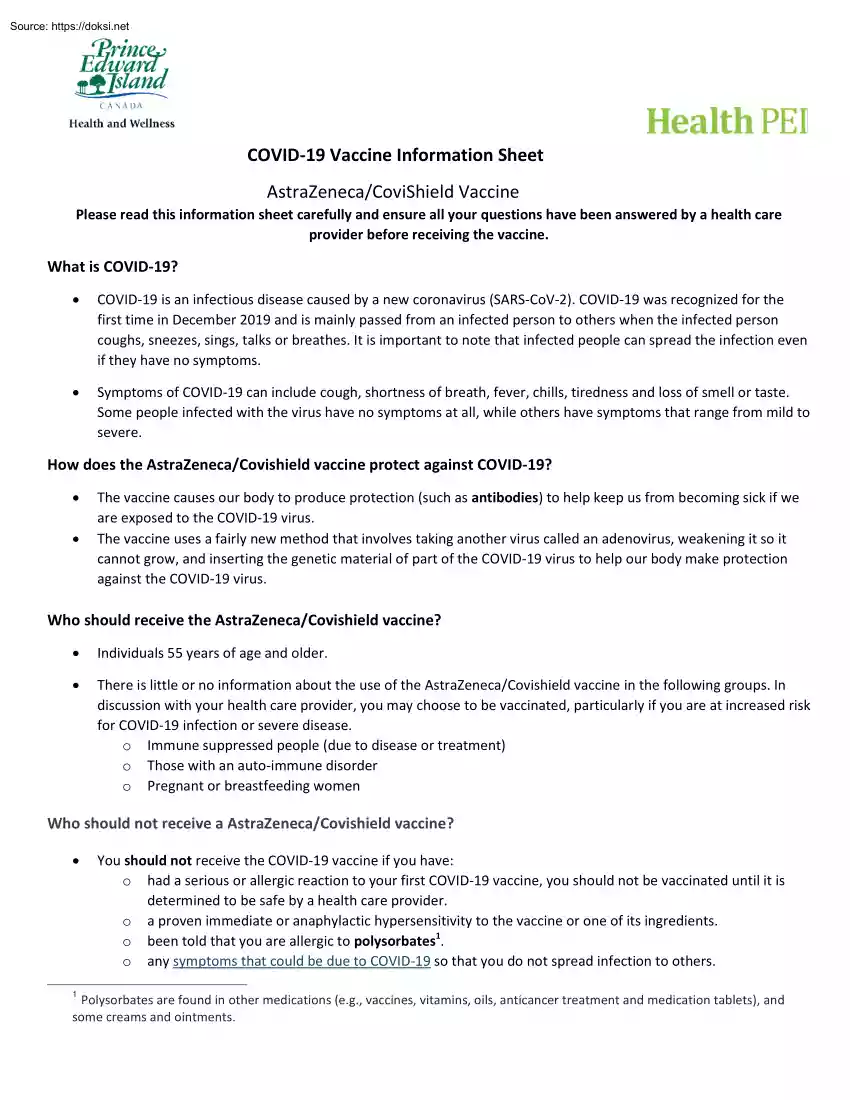
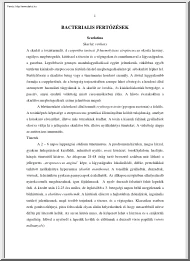
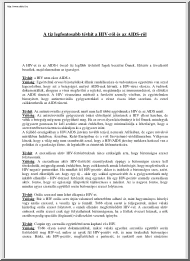
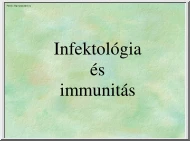
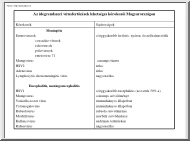
 Just like you draw up a plan when you’re going to war, building a house, or even going on vacation, you need to draw up a plan for your business. This tutorial will help you to clearly see where you are and make it possible to understand where you’re going.
Just like you draw up a plan when you’re going to war, building a house, or even going on vacation, you need to draw up a plan for your business. This tutorial will help you to clearly see where you are and make it possible to understand where you’re going.